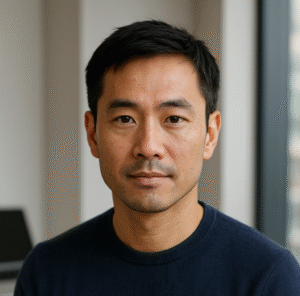
OpenAI is no longer just building chatbots — it’s building an empire. According to recent reports, the company has drafted a five-year plan to position itself within the more than $1 trillion in AI investment expected worldwide by the end of the decade. The scale is staggering. This blueprint touches everything from new infrastructure and enterprise tools to video creation, AI agents, and even consumer hardware.
At the heart of this strategy lies Project Stargate, OpenAI’s next-generation compute infrastructure designed to support the explosion of AI model training and deployment. Partnered closely with Microsoft, the company is pursuing a vertically integrated future where it doesn’t just run AI models — it helps define how those models are powered, distributed, and monetized.
The Business Shift: Beyond ChatGPT
For now, roughly 70% of OpenAI’s revenue still flows from ChatGPT, its flagship product that has become synonymous with generative AI. But that dependence also represents a vulnerability — one the company is moving fast to correct.
The new roadmap includes a suite of AI-driven ventures: video generation through Sora, task-handling agents that operate autonomously across devices, and a potential hardware collaboration with Jony Ive, the designer behind Apple’s most iconic products. Together, these moves suggest a clear intention: to evolve from a product-based company into an AI ecosystem that touches every layer of digital life — software, hardware, and infrastructure alike.
This diversification is more than expansion. It’s insurance — a way to future-proof the company as competitors like Anthropic, Google DeepMind, and xAI push their own frontiers.
The Risk Factor: Scaling at the Edge of Reality
But even with Microsoft’s backing, OpenAI’s plan borders on audacious. The cost of compute, data acquisition, and engineering talent required to sustain its roadmap is enormous. Industry analysts warn that maintaining this pace of innovation could challenge even the deepest corporate partnerships.
And yet, that’s precisely what makes the gamble so significant. OpenAI is betting that its early leadership in generative AI will translate into lasting dominance — that by owning the infrastructure layer through Stargate and continuing to innovate at the application layer, it can control both the foundation and the future of the AI economy.
It’s a strategy reminiscent of tech’s great inflection points — when a company stops reacting to disruption and starts defining it.
The Mission Paradox: Profit vs. Purpose
For a company that began as a nonprofit devoted to “ensuring that artificial general intelligence benefits all of humanity,” the shift toward trillion-dollar ambition raises existential questions. Can OpenAI continue to balance safety and transparency with the pressure of private investors and billion-dollar revenue targets?
That tension between idealism and profitability has followed the company since its restructuring in 2019. And as it grows into a global infrastructure powerhouse, the stakes of that paradox only deepen. The mission hasn’t vanished — but it now coexists with a commercial drive that could easily overshadow it.
The Stakes: Building the Future or Betting It All?
If OpenAI succeeds, it will become the blueprint for how the next digital era is built. If it fails, the fallout could reshape how the world views AI investment altogether.
Either way, the next five years will define the balance between human ambition, technological power, and the responsibility that binds them together.


































